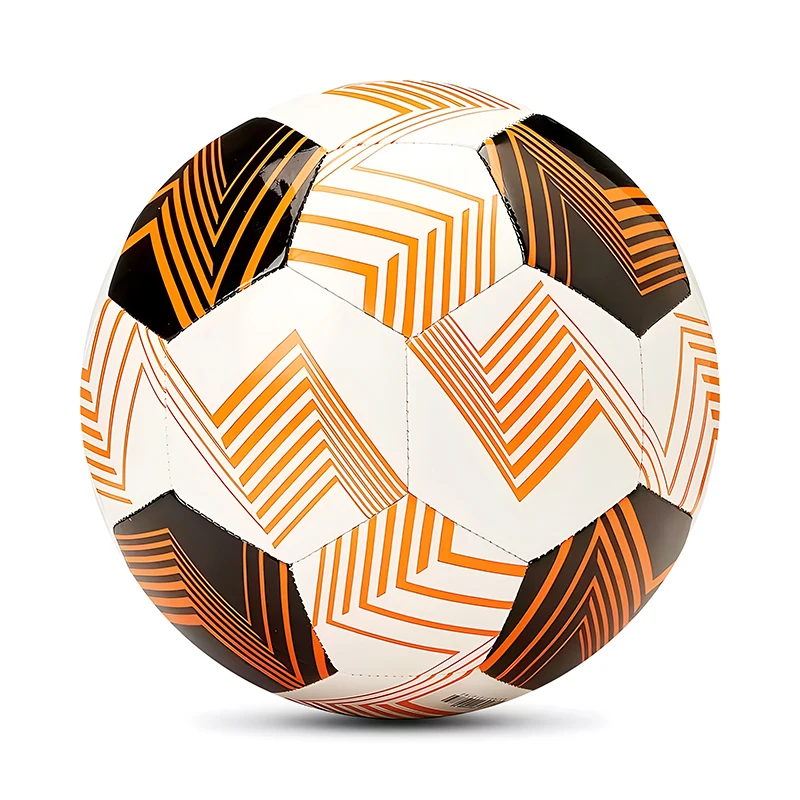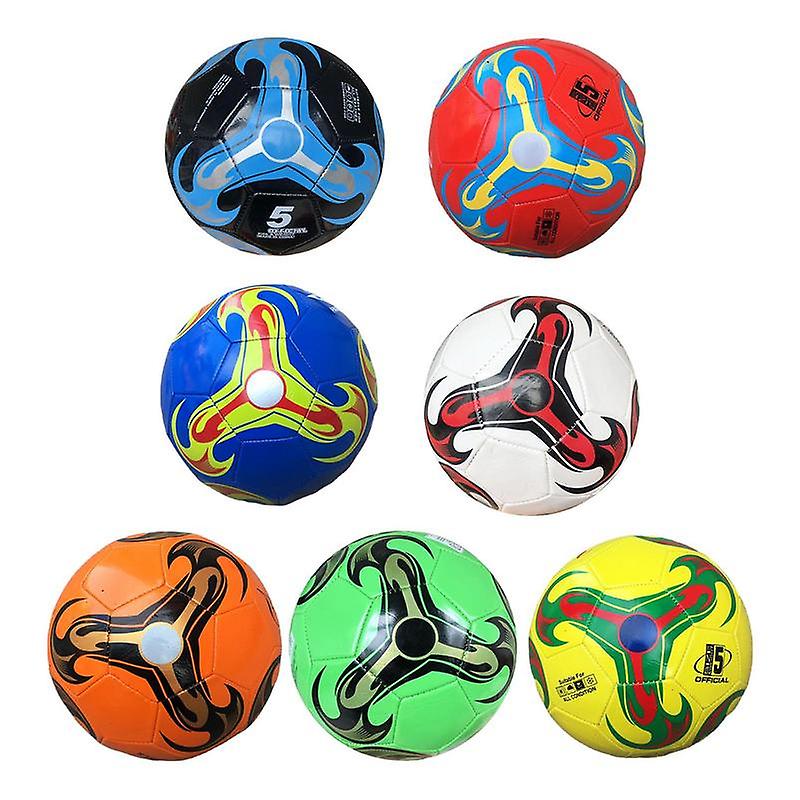I. Introduction

How much does football gear weigh? Football is a physically demanding sport that requires athletes to wear protective gear. Understanding the weight of football gear is crucial for athletes as it directly impacts their comfort, mobility, and performance. In this article, we will delve into the various components of football gear and the significance of their weight for players.
II. What football gear includes
A. Helmets
Helmets are essential for protecting the head from potential injuries during football games and practices. The weight of football helmets can vary depending on the materials used in their construction, such as polycarbonate or hybrid designs. Understanding the weight of helmets is crucial as it can affect an athlete’s comfort and mobility on the field.
B. Shoulder pads
Shoulder pads are designed to protect the player’s shoulders and chest from impact during tackles and collisions. The weight of shoulder pads can vary based on their size and level of protection. It is important for athletes to consider the weight of shoulder pads as it can impact their agility and overall performance.
C. Jersey, pants, and pads
Football jerseys, pants, and pads are worn to provide additional protection to players during gameplay. Pads, including those for the thighs, hips, and tailbone, are designed to minimize the risk of injury. The cumulative weight of these garments and protective pads is a significant factor for athletes to consider when preparing for training or game days.
D. Cleats and additional accessories
Football cleats are worn to provide traction and stability on the field. The weight of cleats, along with any additional accessories such as gloves or elbow pads, can impact an athlete’s speed and agility. Understanding the weight of these items is crucial for maintaining player comfort and minimizing fatigue during games and practices.
III. Weight of individual football gear
A. Average weight of helmets
How much does football gear weigh? The average weight of football helmets typically ranges from 2.5 to 4.5 pounds. The weight can vary depending on the size, design, and technology used in the construction of the helmet. While a few pounds may not seem significant, the weight of the helmet can impact the athlete’s overall comfort and mobility, especially during prolonged use.
B. Weight range of shoulder pads
Shoulder pads are designed to provide protection without sacrificing mobility. The weight of shoulder pads can range from 3 to 5 pounds, depending on the size and level of protection. The weight of shoulder pads is a crucial factor for athletes, as it can affect their ability to move freely and perform athletic maneuvers such as catching, throwing, and tackling.
C. Weight of jerseys, pants, and pads
The combined weight of football jerseys, pants, and pads can vary based on the materials and padding used. The weight of these garments and protective pads can range from 3 to 7 pounds. Athletes need to consider the cumulative weight of these items as it can impact their agility, endurance, and overall comfort during gameplay.
D. Impact of cleat weight on overall gear weight
Football cleats are designed to provide traction and support on the field. The weight of cleats can vary based on the style and materials used in their construction. On average, football cleats can weigh between 12 to 16 ounces. Athletes should be mindful of the weight of their cleats, as it can affect their speed, agility, and overall performance during training and games.
IV. Cumulative weight of the full football gear set
A. Total weight of necessary gear for a football player
How much does football gear weigh? When considering the cumulative weight of football gear, a player can expect to carry an additional 11 to 20 pounds of gear, including helmets, shoulder pads, jerseys, pants, pads, and cleats. This weight may fluctuate based on individual preferences, brand selections, and specific position requirements.
B. Variations in gear weight based on player position and preferences
The weight of football gear can vary significantly based on a player’s position. For example, linemen may opt for heavier and more protective gear, while skill position players might prioritize lighter gear for improved speed and agility. Additionally, personal preferences and customizations can further impact the overall weight of gear.
C. Impact of weight on mobility and performance
The weight of football gear can have implications for player mobility and performance. Heavier gear may affect an athlete’s speed, endurance, and agility, while lighter gear can promote improved mobility. Athletes should consider the balance between protection and mobility when selecting their gear to optimize their performance on the field.
V. Managing the weight of football gear
A. Strategies to minimize gear weight
How much does football gear weigh? The weight of football gear can vary depending on the position of the player and the specific requirements of the game. For example, linemen may require heavier and more protective gear, while skill position players may prioritize speed and agility, requiring lighter gear. Regardless of position, there are strategies that can be employed to minimize the overall weight of football gear.
One approach is to prioritize the use of lightweight materials in the design and construction of football gear. Manufacturers are constantly developing new materials that offer the same level of protection, but with reduced weight. For example, the use of carbon fiber and advanced plastics has led to the creation of helmets and pads that are significantly lighter than traditional designs. This not only improves player comfort but also reduces the strain on their bodies during extended periods of play.
Another strategy is to streamline the design of football gear to eliminate unnecessary bulk and weight. This can be achieved through thoughtful engineering and the use of modern manufacturing techniques. By removing excess material and focusing on the essential elements of protection, manufacturers can create gear that is both lightweight and effective.
Furthermore, players and coaches can work together to evaluate the necessity of each piece of gear. Sometimes, players may be carrying extra weight due to outdated or redundant equipment. By regularly reassessing the gear they use, players can ensure that they are only wearing what is necessary, minimizing unnecessary weight.

B. Importance of proper fitting to reduce the impact of gear weight
How much does football gear weigh? While the weight of football gear is an important consideration, proper fitting is equally crucial in reducing its impact on players. Ill-fitting gear can cause discomfort, restrict movement, and increase the perceived weight on the field. This can not only affect performance but also increase the risk of injury.
When it comes to helmets and pads, a proper fit is essential for both comfort and safety. Helmets that are too large can shift during play, impairing vision and exposing players to potential head injuries. Pads that are too small may not provide adequate protection, while those that are too large can restrict movement and add unnecessary weight.
Coaches and equipment managers play a vital role in ensuring that players are fitted with gear that is appropriate for their size and position. This may involve taking measurements, conducting fittings, and making adjustments to the gear as needed. Additionally, players should be encouraged to communicate any discomfort or issues with their gear so that adjustments can be made promptly.
C. Technological advancements to design lighter gear
Advancements in technology have played a significant role in the development of lighter football gear. Manufacturers are constantly researching and innovating to create gear that is not only lighter but also more protective and durable.
One area of innovation is the use of advanced materials in the construction of football gear. As mentioned earlier, the use of carbon fiber, advanced plastics, and other lightweight composites has allowed for the creation of helmets, pads, and other equipment that is significantly lighter than traditional designs. These materials offer a high strength-to-weight ratio, providing players with the protection they need without unnecessary bulk.
Additionally, advancements in manufacturing processes have allowed for the creation of gear that is both lightweight and highly customizable. 3D printing, for example, has revolutionized the way that equipment is made, allowing for complex and lightweight designs that were previously not possible. This has led to the production of gear that is tailored to the specific needs of individual players, further reducing unnecessary weight and improving overall comfort and performance.
In conclusion, the weight of football gear is an important consideration for players and coaches alike. By employing strategies to minimize gear weight, ensuring proper fitting, and leveraging technological advancements, players can perform at their best without being encumbered by the weight of their equipment. As technology continues to advance, we can expect football gear to become even lighter and more efficient, further enhancing the game for players at all levels.



